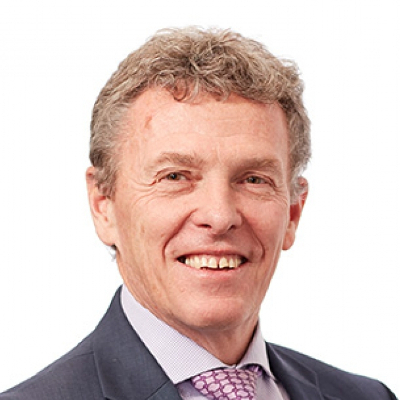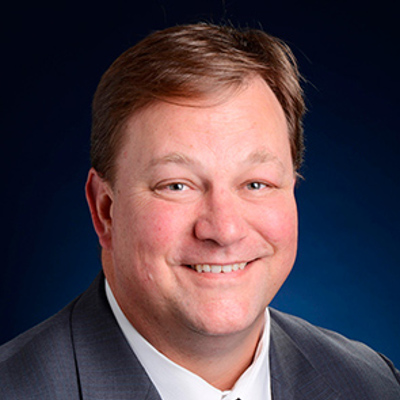The new fee disclosure regime for pension funds in Australia, described in the Australian Securities and Investments Commission’s (ASIC) Regulatory Guide (RG) 97, is likely to accelerate the move to passive investment strategies as many pension funds will seek to reduce their fee level, according to asset consultant JANA.
John Coombe, Executive Director at JANA, says the disclosure rules set by ASIC will negatively impact on active global equity managers as funds try to reduce their fee levels.
“RG 97 will impact the listed space full stop,” Coombe says in an interview with [i3] Insights.
“I think that clients are much more fee conscious than they were. The irony is that everyone talks about the fact that they don’t want to be higher than the median on fees, but someone has to be. We can’t all be the median.”
The global equities asset class is an obvious starting point to reduce fees because it is relatively easier to achieve there than in other asset classes, he says.
The Australian stock market has historically been a place where many active managers have consistently outperformed the broader index and Coombe believes it is less likely pension funds will implement passive strategies there.

The irony is that everyone talks about the fact that they don’t want to be higher than the median on fees, but someone has to be. We can’t all be the median.
At the same time, unlisted assets don’t lend themselves to passive strategies and most funds would be reluctant to exit these investments altogether.
“If you believe there is a premia for illiquid assets and you want to be in unlisted property, unlisted infrastructure or unlisted equities, then [you need to go active]. There is no passive in unlisted infrastructure. You can’t buy an index,” Coombe says.
“You have to get your fees savings somewhere else and it is logical that you will look at the listed markets and attempt to get those savings there.
“I do think that you will see funds that will have to get their costs down are having to utilise more passive in their listed investments to offset the cost of getting the illiquidity premium in the other asset classes.”
In an industry where the default balanced options of funds look largely similar, the implementation of more passive could result in these funds looking even more similar than they already are, creating potential systemic risks, while also sparking more consolidation in the industry.
“The regulator wants less funds anyway, so this could be another tool that they use to get fewer funds,” Coombe says.
“Yet, it is unproductive for the Australian economy and certainly doesn’t help our ability to be a financial services centre, because we are cutting down the number of options for start-up funds and investments.
“You need funds that are funding the smaller managers so that the whole ecosystem of financial services in Australia has got breadth and life. The bigger they are and the more concentrated it is … you just suck the life out of the whole industry.”
Besides, larger scale doesn’t always lead to better results, he says.
“Size is not always good. [It] is good in infrastructure and property, but it is lousy in equities. It kills performance.
“Size is not always good. Size is good in infrastructure and property, but it is lousy in equities. It kills performance,” he notes.
The rules came into effect in September and research from SuperRatings shows the reported fee on a median balanced option, based on an account balance of $50,000, will increase from $546 to $658, an increase of 20.5 per cent.
The impact is greater for industry pension funds because they tend to have higher allocations to alternative asset classes, which tend to have higher costs.
But the new disclosure rules have drawn much criticism from the industry for the lack of clarity and the inclusion of costs that don’t filter through to members.
“You’ve got to applaud them for wanting to get better disclosure, but a regulator should be telling the industry: ‘This is what we want and this is how you should calculate it.’ It shouldn’t be the industry argy-bargying and getting into working groups, saying: ‘Well, what do they mean by this?’’’
ASIC has acknowledged there is room for improvement and will seek the advice of an independent arbiter to review the guidelines.
Yet, despite the issues with the calculation methods, many industry participants feel the increased focus on fees is a positive outcome of the new guidelines.
Trading costs and other expenses are a drag on total returns members receive. So keeping managers accountable for their fees helps in managing costs. It also provides an incentive to managers to drive a harder bargain over execution costs, which will flow through to members.
Troy Rieck, Executive Officer, Investment Strategy, Equip Super, says the intentions of the new disclosure regime are noble even if the implementation leaves something to be desired.
“RG 97 is a little case study in portfolio efficiency,” Rieck says in a conversation with [i3] Insights.
“It is all about getting bang for your buck for the fees spent. If you don’t think that the active component gives you value, then just move on.
We think this is a good time to go more active. We find it gives us a better way to deliver on our member objectives.
“But we think this is a good time to go more active. We find it gives us a better way to deliver on our member objectives.
“For example, the Australian market is dominated by the big four banks, and an index exposure might not be in the best interests of our members.”
This doesn’t mean the only choice is to then go fully active; you can use systematic strategies to capture style betas and alternative betas, before getting into stock-picking ideas.
“You need to figure out how systematic strategies can help you with getting a better exposure and what this systematic approach is worth to you,” Rieck says.
“We don’t think it is in the best interest of members to get the cheapest solution. We want the best value-for-money solution.”
In this case, however, Equip was able to increase the level of active management in both its Australian and international equity holdings, while at the same time reducing the base management fee.
__________
[i3] Insights is the official educational bulletin of the Investment Innovation Institute [i3]. It covers major trends and innovations in institutional investing, providing independent and thought-provoking content about pension funds, insurance companies and sovereign wealth funds across the globe.

